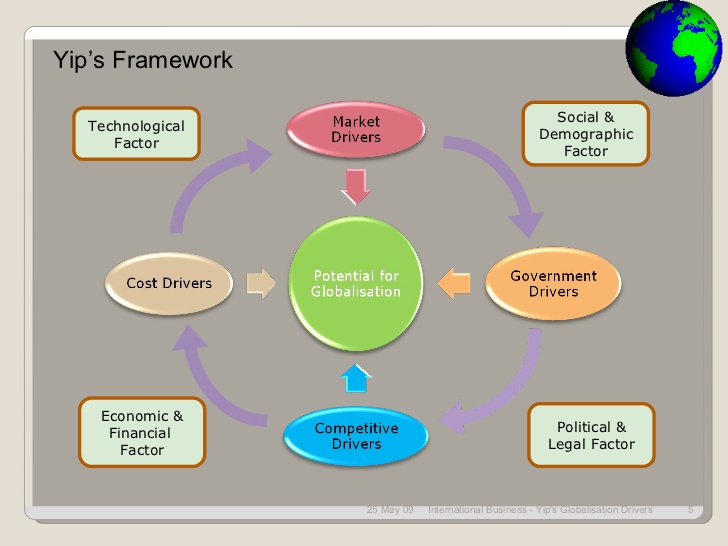


Gering 1,244 billion people use the Internet according to Internet World Stats1. As of 30th of September 2007, a stag-ġ Moore's Law is named after Intel Corporation (a major microprocessors manufacturer)

By mid-1998 the Inter-net had about 147 million users. In 1990, less than 1 million users were connected to the Internet. The phenomenal growth of the Internet and the associated World Wide Web is the latest expression of this development. Over the past 40 years, global communications have been revolutionized by developments in satellite, optical fiber, and wireless technologies, and now the Internet and the associated World Wide Web (As this happens, the costs of global com-munications are plummeting, which lowers the costs of coordinating and controlling a global organization. If the lowering of trade barriers has made globalization a theoretical possibility, it is the technological change that has made it a tangible reality. The second factor is the technological change particularly the dramatic de-velopments in recent years in communications, information processing, and transportation. This goal was enshrined in the treaty known as the General Agreement on Tariffs and Trade (GATT) and then World Trade Organization (WTO).
#Yips drivers of globalisation free
After World War II, the advanced industrial nations of the West committed them-selves to removing barriers to the free flow of goods, services, and capital between nations. The first factor is the decline in barriers to the free flow of goods, services, and capital that has occurred since the end of World War II. Major technological, economic, social and political forces have caused businesses to become internationalized and then globa-lised. By doing so, companies hope to lower their overall cost structure and/or improve the quality or functionality of their product offering, thereby allowing them to compete more ef-įectively. The globalization of production refers to the tendency among firms to source goods and services from locations around the globe to take ad-vantage of national differences in the cost and quality of factors of production (such as labour, energy, logistics, etc). Key words: globalisation, shipbuilding industry JEL Classification: M16, F23. This can be realized by choosing appropriate logistic locations in order to improve logistics management. One characteristic of global companies is the pressure for production costs. From this point of view Romania has a strategic location, Constana port being in the heart of Europe and focusing on reducing transportation cots and helping companies develop global strategies by reducing supply chain costs. In this case location is a key factor in cutting costs with logistics and producing and selling with competitive prices. When transportation and inventory costs are substantial on both the input and output sides of the production process, an em-phasis on logistics is appropriate. Ana Maria Marinoiu The purpose of this article is to analyze the reasons for going global from the company perspective and to show how a good logistics management can help to obtain efficiency of operations by the integration of all material acquisition, movement, and storage activities.


 0 kommentar(er)
0 kommentar(er)
